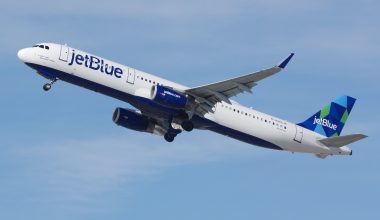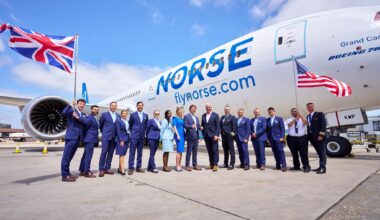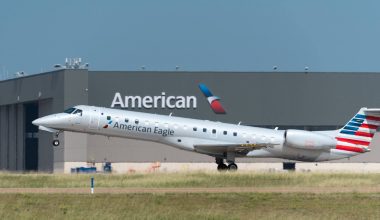When you are thinking about your career future, it is important to think about the different available paths. Flying high in the sky and traveling to different destinations is quite appealing for some people. If you have always dreamed of becoming a professional pilot, this blog post is for you. In today’s post, we will be discussing how to prepare a resume for a career as a professional pilot. Keep reading for more information.
What is a Professional Resume?
A professional resume is a document that outlines your skills, experience, and qualifications. It is important to remember that you should tailor your writing to each job you apply for. In other words, don’t just send out the same resume to every airline or company you are interested in working for.

Writing a professional one can be a daunting task. If you need an aviation resume writing service, you can find many different options online. These services will help you create a professional and polished curriculum vitae. The writers will also work with you to make sure that it is tailored to each specific job you are applying for. It would be best if you customized each to fit the specific requirements of the job you are applying for.
What to Include in a Professional Pilot Resume?
Just like any other curriculum vitae, your professional pilot resume should include your:
List your Education
You also need to include your education. List the name and location of the schools you have attended and your degree or certification.
If you have any other education or training relevant to being a professional pilot, such as a degree in aviation or a flight instructor certificate, make sure to list this information.
Include your Work Experience
It should also include your work experience. Start with your most recent job and work your way backward. Include the name and location of each company that you have worked for and your job title and dates of employment.
Make sure to list any relevant experience you have, such as flying in different weather conditions or flying passengers on long-haul flights. If you have any experience working as a flight instructor, this is also something that you should mention.
Your Contact information
Of course, you will also need to include your contact information on your professional pilot resume. Include your name, address, email address, and phone number.
If you have a professional website or blog, you can also include these URLs.
However, you need to include a few key elements if you want to stand out from the competition.
Include your Flight Hours
One of the most important information to include is your flight hours. Many employers want to see how many hours you have flown and the type of aircraft you have experience flying. If you have a lot of flight hours, make sure to list them in an easy-to-read format.
Mention Your Type Rating
If you have a type rating, mention it on your CV. A type rating is an endorsement that allows you to fly a specific aircraft type. For example, if you have a type rating for a 737, you are qualified to fly this type of aircraft.
Include Any Other Training or Certifications
If you have any other training or certifications, such as a multi-engine rating or an instrument rating, list them on your CV. These additional qualifications will make you more attractive to potential employers.

Highlight Your Skills and Qualifications
Skills and qualifications are always important to list on your resume, no matter what industry. When it comes to being a professional pilot, there are certain skills and qualifications that employers will be looking for. Some of these include:
- The ability to fly under instrument conditions
- The ability to fly multi-engine aircraft
- A strong understanding of aviation weather
- A solid understanding of aerodynamics
- Communication skills
- Leadership skills
- Decision-making skills
If you have any of these skills or qualifications, list them prominently.
Use a Professional Tone
Using a professional tone means avoiding any jargon or slang terms. It is also important to avoid using abbreviations, acronyms, or abbreviations. You want your curriculum vitae to be easy to read and understand, so make sure to use clear and concise language.
When it comes to the format of your CV, you want to make sure that it is professional and polished. One way to do this is to use a template. You will find resume templates online or in word processing software, such as Microsoft Word.
Make Sure Your Resume is Easy to Read
Use short paragraphs and bullet points to make it easy to read. You also want to use simple words and language. Please avoid using fancy fonts or graphics, as they can be difficult to read. An easy-to-read resume will make a good impression on potential employers.
Customize Your Resume for Each Job
When applying for jobs, it is important to customize your CV for each position. Tailor your resume to fit the specific requirements of the job you are applying for. It will show employers that you are a good fit for the position.
Proofread and Edit Your Resume
Once you have written your resume, it is important to proofread and edit it carefully. Check for any spelling or grammatical errors. You also want to make sure that your resume is free of typos. After you have edited your resume, ask someone else to read it over to make it error-free.
Conclusion
If you’re looking for a job as a professional pilot, it’s important to have a resume that will stand out from the competition. The tips we’ve provided in this blog post should help you create an accurate and eye-catching resume. Consider using a resume writing service if you need help putting your resume together or want someone to review it for mistakes. These professionals know how to make your resume shine and can give you feedback on how to improve your chances of getting an interview.






